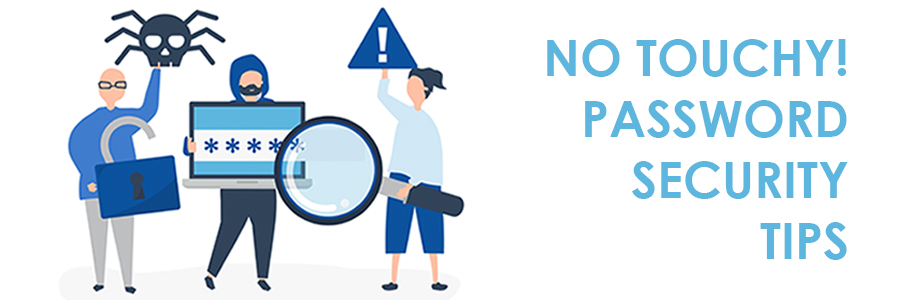
You need a password for your UCT account, Gmail, Facebook, Instagram, Twitter, your bank account, Takealot, Hyperli, SARS, and the list continues. In today’s digital world, you require a username and password to access most applications or services. The more accounts you have, the more difficult it becomes to create unique passwords.
Now, you could use a password manager to help you along, but maybe you’re not comfortable with that method. Writing down your passwords in your notebook, or on a Post-it, may seem like a good idea, but there is always the risk that someone will find it. Trust us, they always do – and when you least expect it.
So, what to do?
Using a phrase helps you to remember passwords more easily. Common phrases and lines from your favourite song are easier to guess, but if you translate them into another language, they become more difficult to hack. Similarly, if you create unique phrases that are significant to you, they also add another level of complexity.
Take security to the next level
Alternatively, you can opt to use two-factor authentication (2FA). Without it, you only need to enter a password to access your account or application. By adding 2FA, you need to complete a second step before you can access your account. This makes it a bit harder for cybercriminals to gain access to your account. This authentication method is commonly used to protect sensitive systems and data that is accessible to privileged users only.
Where 2FA is applied, you would normally first insert a password or passcode. The next step then requires you to insert a one-time PIN that is either sent to your mobile device or your email address. You will then only be able to access your account or service once both of these steps are successfully completed.
This definitely comes in handy if cybercriminals gain access to your password but cannot do anything with it as they don’t always have access to the PIN.
Various sectors are also opting to use multi-factor authentication which adds a third layer of protection using various security measures. Layer one is a physical form of security, such as an access card or token. The next level is where you enter a password or PIN, while the third layer is either completed by scanning a fingerprint or retina, or using voice recognition.
These various authentication options are only available on some applications and services, but every bit helps in securing your devices and data.
Cyberattacks come in all forms
It’s worth remembering that if you’re going to follow best practices in forming strong passwords, you also need to protect the devices that you use.
All UCT staff and students can install the McAfee anti-virus on their desktops and laptops at no cost. This added layer of protection checks for viruses, spyware, unwanted programs, and other threats by scanning items – automatically when users access them, or on demand at any time. It also scans the websites that you browse to ensure that you don’t access unsafe sites.
This offering is not available for mobile devices, but you can download the McAfee anti-virus app from your operating system’s application store. If McAfee is not your thing, you can use a number of other anti-virus and malware solutions. Just remember, though, that you cannot use more than one anti-virus app on a device as multiple security apps will clash with each.
